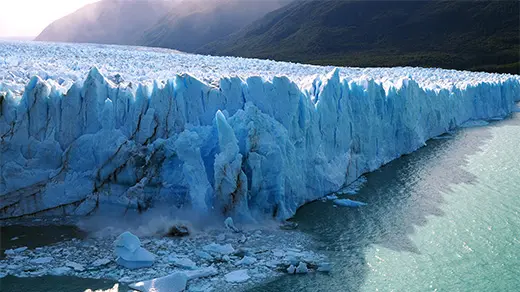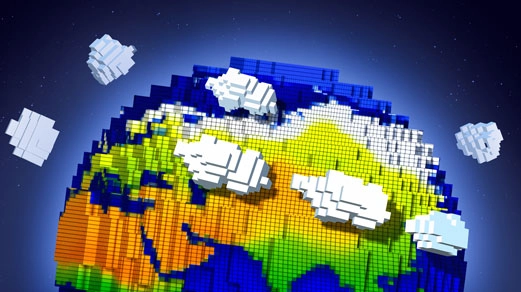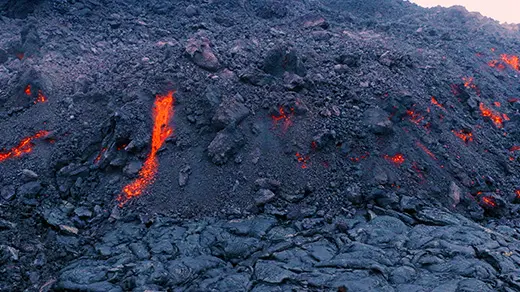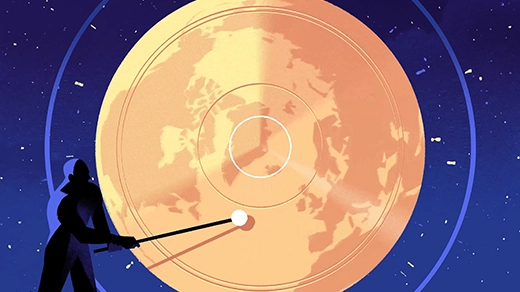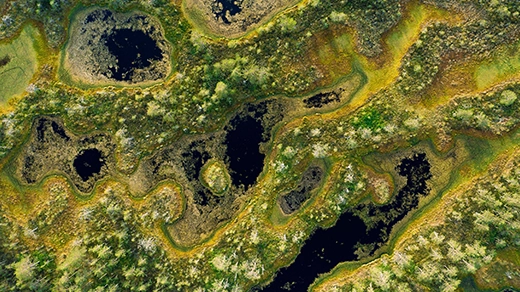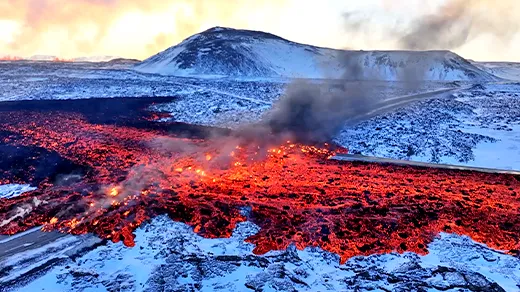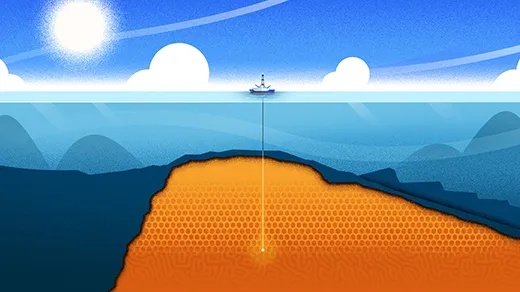What's up in
Geophysics
Latest Articles
How Soon Will the Seas Rise?
The uniquely vulnerable West Antarctic Ice Sheet holds enough water to raise global sea levels by 5 meters. But when that will happen — and how fast — is anything but settled.
How Climate Scientists Saw the Future Before It Arrived
Over the past 60 years, scientists have largely succeeded in building a computer model of Earth to see what the future holds. One of the most ambitious projects humankind has ever undertaken has now reached a critical moment.
Earth’s Core Appears To Be Leaking Up and Out of Earth’s Surface
Strong new evidence suggests that primordial material from the planet’s center is somehow making its way out. Continent-size entities anchored to the core-mantle boundary might be involved.
What’s Going On Inside Io, Jupiter’s Volcanic Moon?
Recent flybys of the fiery world refute a leading theory of its inner structure — and reveal how little is understood about geologically active moons.
The Search for What Shook the Earth for Nine Days Straight
Last year, an immense but brief outburst of seismic energy was soon followed by a long hum that made the world ring. Finding its cause took 68 scientists and an assist by the Danish military.
Physicists Pinpoint the Quantum Origin of the Greenhouse Effect
Carbon dioxide’s powerful heat-trapping effect has been traced to a quirk of its quantum structure. The finding may explain climate change better than any computer model.
Simple Equation Predicts the Shapes of Carbon-Capturing Wetlands
To calculate the amount of carbon stored inside peatlands, researchers developed a unified theory of “bog physics” applicable around the world.
Inside Scientists’ Life-Saving Prediction of the Iceland Eruption
The Reykjanes Peninsula has entered a new volcanic era. Innovative efforts to map and monitor the subterranean magma are saving lives.
Deep Beneath Earth’s Surface, Clues to Life’s Origins
Last spring, scientists retrieved a trove of mantle rocks from underneath the Atlantic seafloor — a bounty that could help write the first chapter of life's story on Earth.
